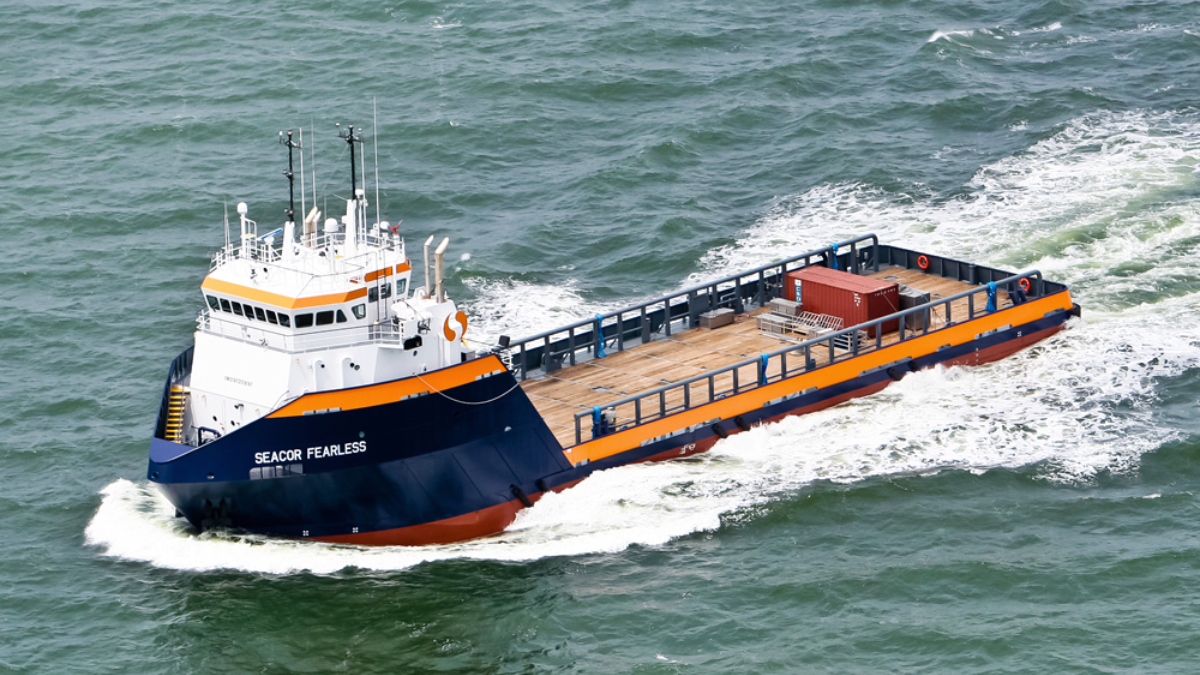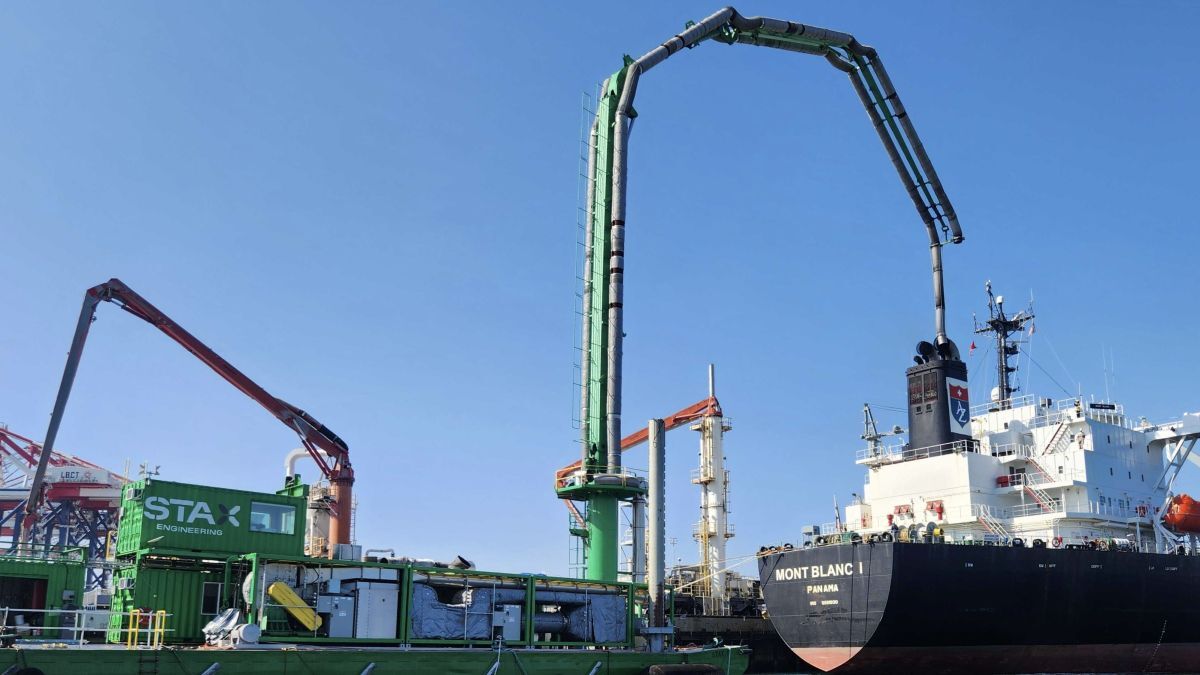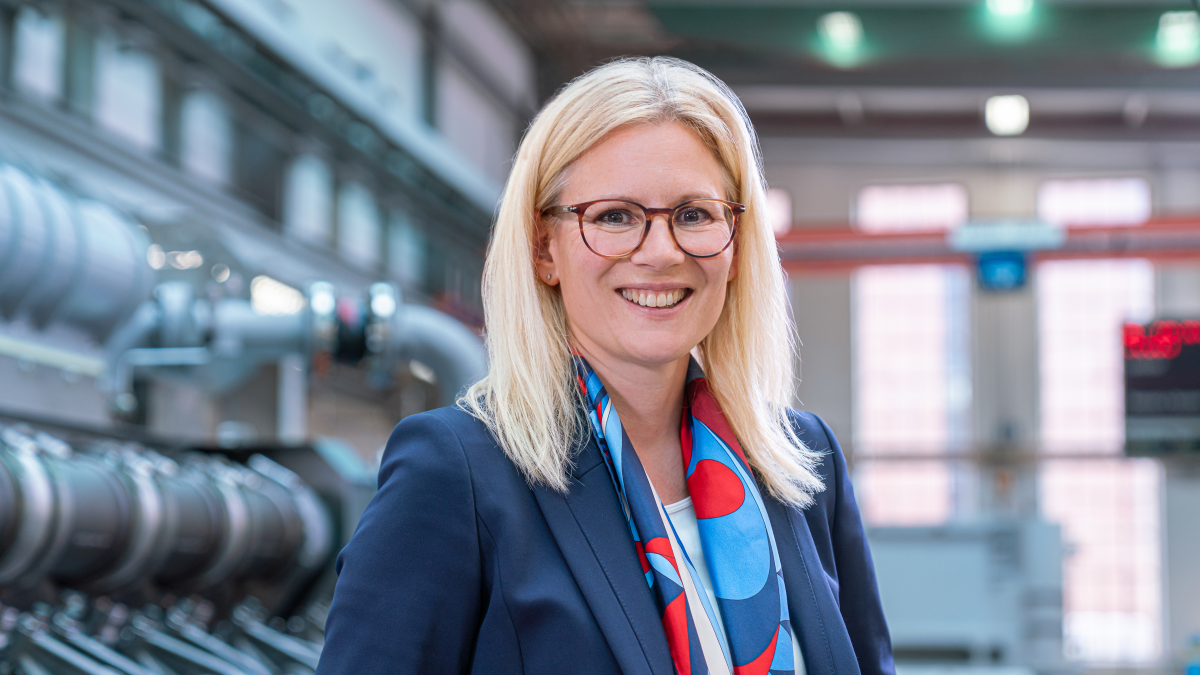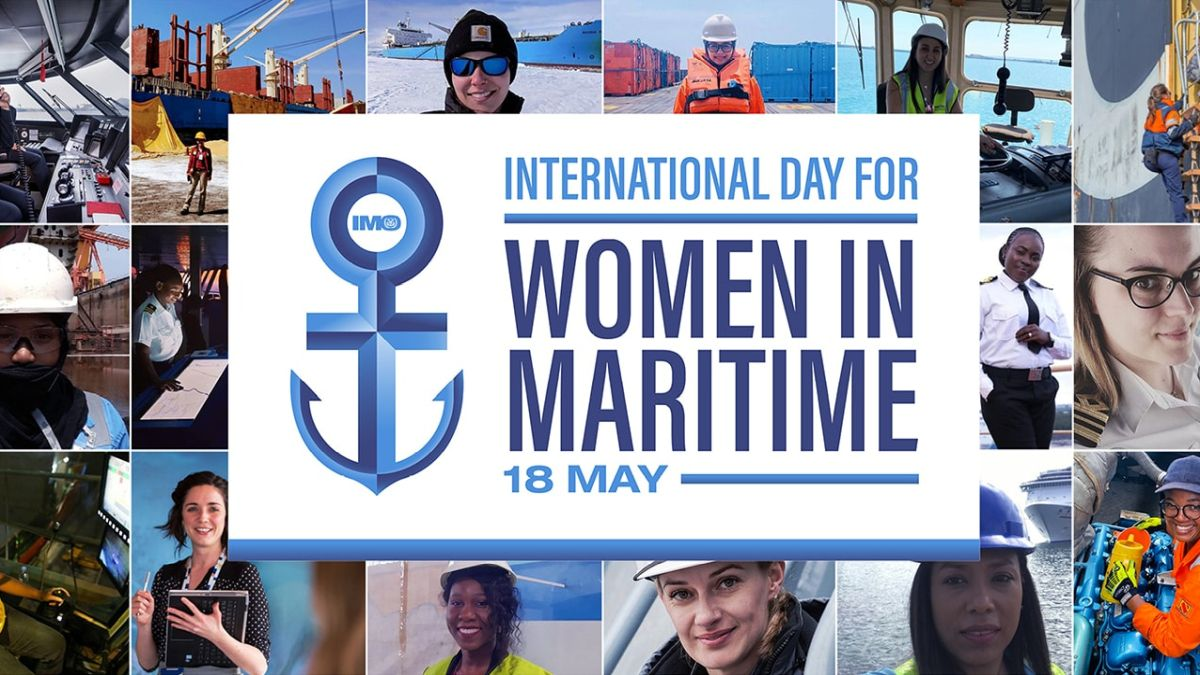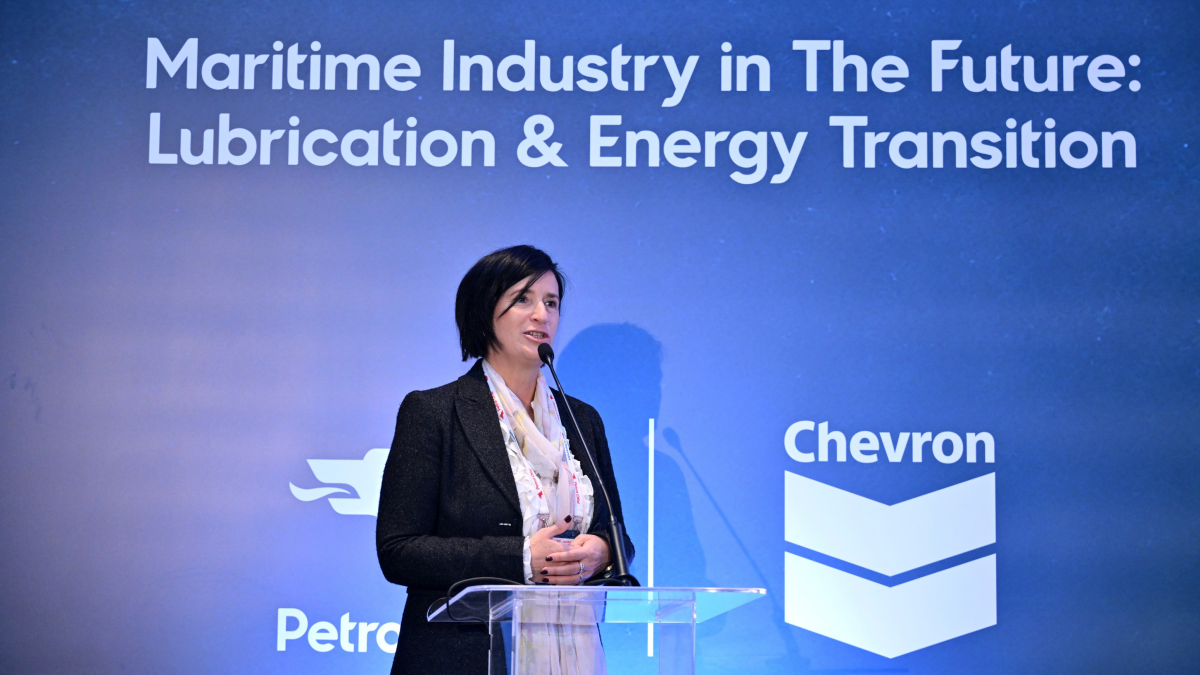Business Sectors
Events
Contents
Register to read more articles.
Tests qualify optimal thruster tilt for higher DP
A Dutch research facility has identified how thrusters should be tilted for positioning CSOVs dynamically on remote windfarms with minimal thrust loss and fuel consumption
Maritime Research Institute Netherlands (MARIN), Damen Shipyards and Schottel have discovered the optimal tilt of underwater thrusters for a dynamic positioning (DP) system on a vessel designed to support construction and maintenance of offshore windfarms.
Model testing and computer modelling were used determine the positioning and inclination of Schottel’s RudderPropellers in a DP system to position commissioning service operations vessels (CSOVs) during operations in remote maritime environments.
MARIN studied the operation of Schottel’s RudderPropeller Dynamic SRP-D on a Damen-designed CSOV to identify how to increase thrust yield, lower fuel consumption and reduce the DP footprint.
With SRP-D, the thruster has an additional 8° tilt of the lower gearbox and a vertically integrated electric drive motor.
During research, MARIN demonstrated this 8° tilt optimises thrust yield and thrust distribution on a Damen-designed CSOV, since thruster-hull and thruster-thruster interactions are minimised.
Flow from one thruster has far less interaction with the nearby second SRP with this additional tilt, leading to increased DP performance for the vessel, lower fuel consumption and emissions and improved efficiency and safety.
“The SRP-D thrusters mounted under Damen’s optimised hulls result in vessels with a smaller footprint, while at the same time reducing fuel use and further improving comfort on board,” said Schottel portfolio manager for products on SOVs, Mark Couwenberg.
In MARIN’s 45-m by 36-m offshore basin in the Netherlands, a CSOV model was equipped with an SRP-D with 98° tilt, on its starboard and a regular 90° thruster on portside. A three-component measurement frame with calibrated sensors was installed on the model to collect data.
The first part of the study measured the interactions between propulsion unit and hull. It was discovered “the additional 8° downward tilt of the SRP-D propeller shaft reduced thrust losses, both for azimuth variations and thrust variations,” said Spay, Germany headquartered Schottel.
For example, CSOVs with 98° thrusters experience only 10% thrust losses in transverse direction, compared with 35% with 90° thrusters.
MARIN’s next research focused on the propeller flow interactions.
“Again, significantly lower thrust losses occur when operating CSOVs with the SRP-D,” said Schottel.
While 50% losses are observed when the 90° thruster is blowing the wake into the second thruster (inline thrust losses), only 20% thrust losses occur with the 98° thruster.
When the 90° thruster is blowing the wake into the second one while being perpendicular to it (transverse thrust losses), the thrust in transverse direction is decreased by about 40%, compared with 20% with the 98° thruster.
“In both cases, the 98° variant induces lower losses at the other thruster than the 90° variant and therefore enables a higher remaining force during DP,” said Schottel.
Riviera’s Offshore Wind Journal Conference 2025 will be held in London on 3 February 2025. The programme will address project pipelines and economics, vessel requirements, technical developments, fleet strategies and innovative solutions for vessel decarbonisation. Use this link for more information and to get tickets to join this prestigious event.
Riviera’s Maritime Decarbonisation Conference Asia, will be held in Singapore, 15-16 April 2024 where experts and shipowners will examine the most viable decarbonisation pathways for Asia’s shipping industry. This conference will bring together the latest thinking and developments on net-zero strategies, regulations, technologies, supply chain maturity and economics. Use this link for more information and to reserve your place.
Related to this Story
Events
TUGTECHNOLOGY '25
Reefer container market outlook: Trade disruption, demand shifts & the role of technology
Asia Maritime & Offshore Webinar Week 2025
Marine Lubricants Webinar Week 2025
© 2024 Riviera Maritime Media Ltd.



